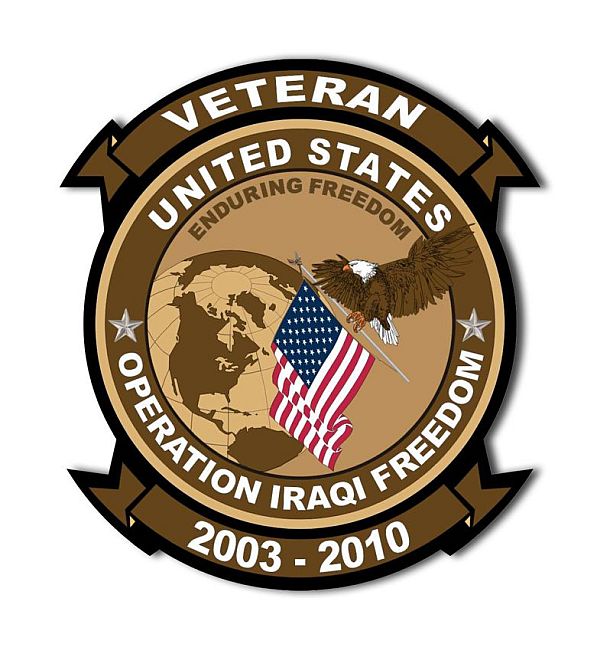On 19 March 2003, an ultimatum given to the regime of Saddam Hussein expired and the United States and an allied coalition began what was known to the United States as Operation Iraqi Freedom.
The military objectives of Operation Iraqi Freedom consisted of first, ending the regime of Saddam Hussein; second, identifying, isolating, and eliminating, Iraq’s weapons of mass destruction; third, searching for, capturing, and driving out terrorists from the country; fourth, collecting intelligence related to terrorist networks; and fifth, collecting such intelligence as was related to the global network of illicit weapons of mass destruction.
Additional objectives were to end sanctions and to immediately deliver humanitarian support, secure Iraq’s oil fields and resources, and finally, to help the Iraqi people create conditions for a transition to a representative self-government.
At the time, Operation Iraqi Freedom consisted of the largest special operations force since the Vietnam War. Most of the special operations forces were American, but the United Kingdom and the Australian militaries also provided forces. Coalition personnel worked with Kurdish fighters against the regime. Special operations forces also attacked a number of specific targets such as airfields, weapons of mass destruction sites, and command and control headquarters.
In September 2010, the US mission in Iraq was renamed from Operation Iraqi Freedom to Operation New Dawn to coincide with US forces’ shift to an advisory, assistance, training, and equipping role

